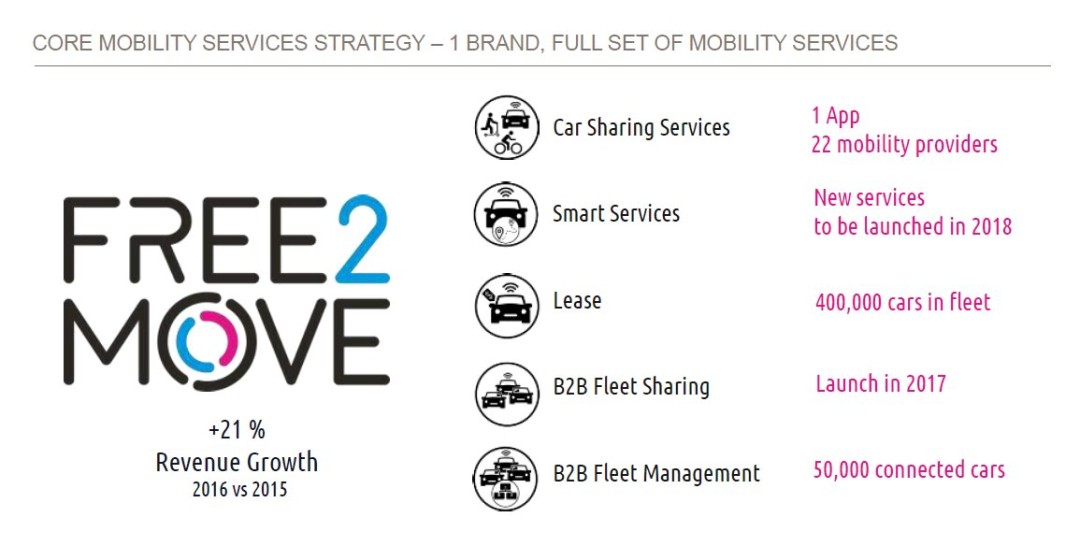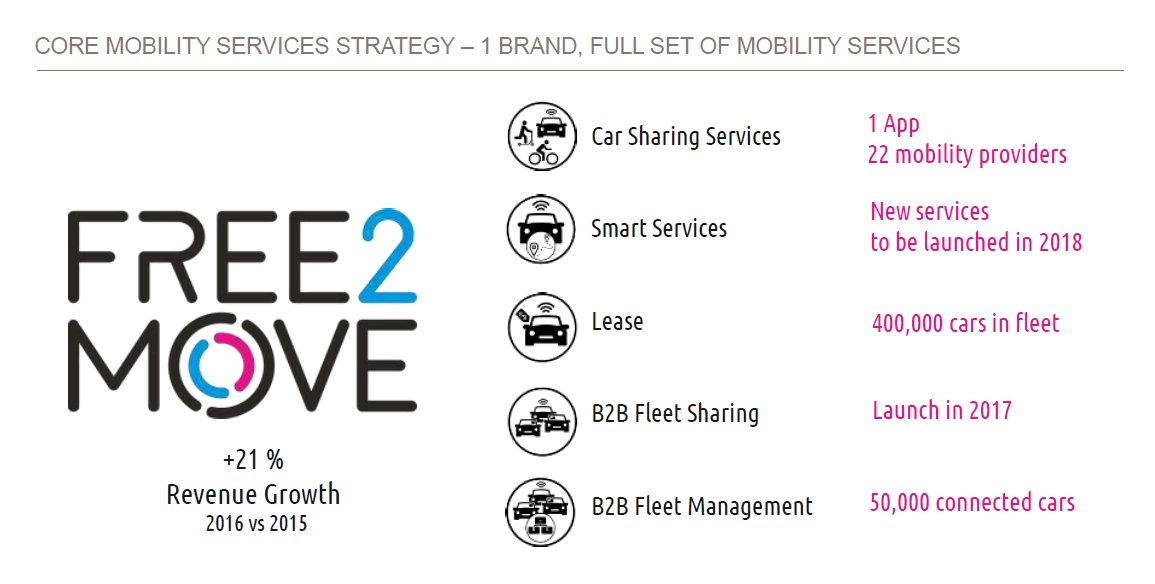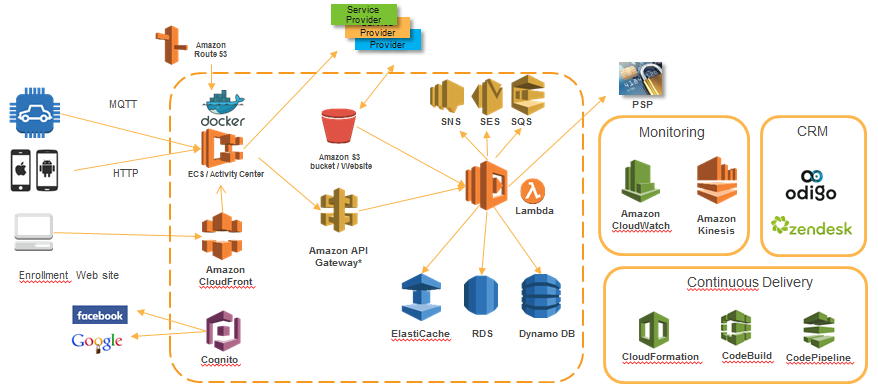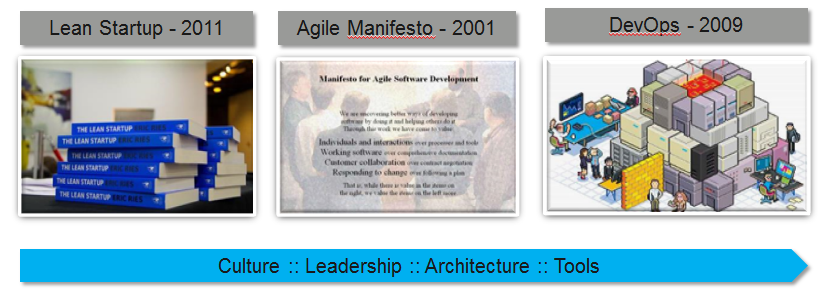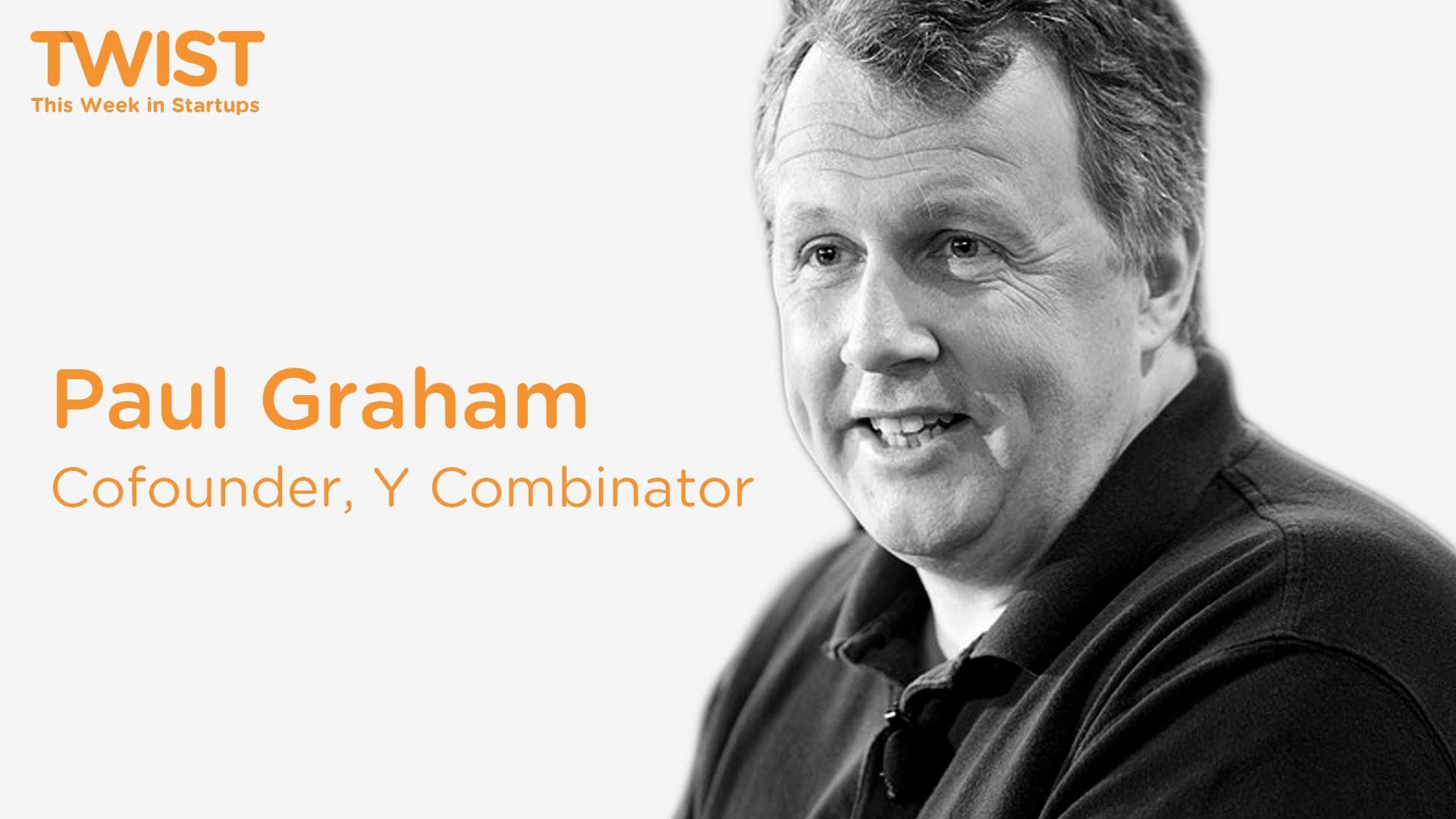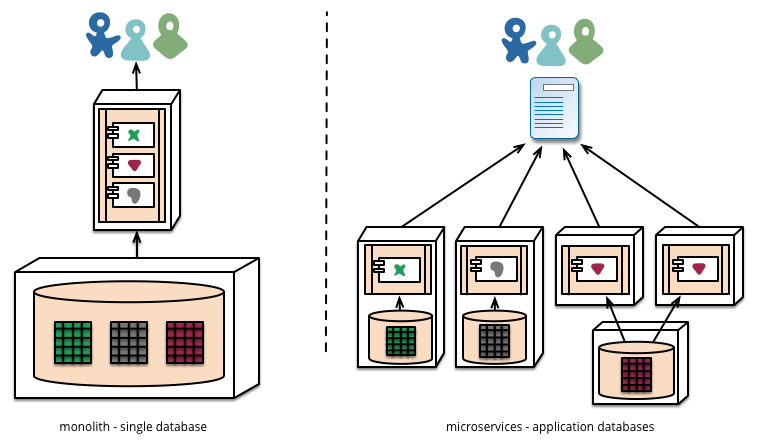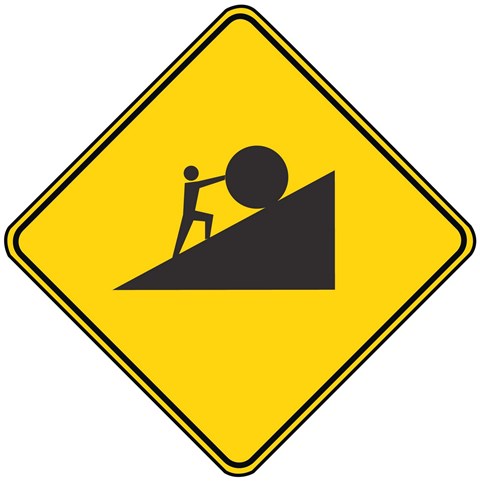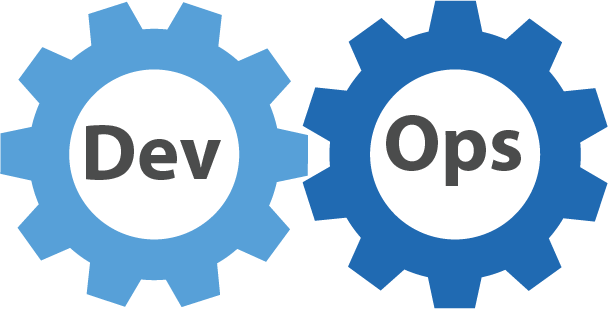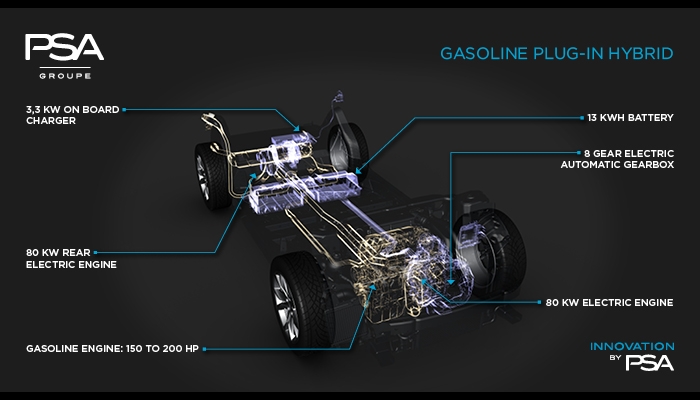The Car and The Cloud: Driving Disruptive Innovation Like a Startup
Blog: Capgemini CTO Blog
This post is a narrative version of the presentation made together with Iphigenie NGounou at the AWS Summit Paris, in June 2017.
It proposes seven lessons learned from using the AWS Cloud for the Free2Move Smart Services project. Rather than presenting the nuts and bolts of the architecture, we will focus on the business competitive advantage provided by using Cloud Web Services.
In a Nutshell: if you want to compete against new entrants, you must use the same asymmetrical weapons that they are using against you.
The Smart Services Project
The Smart Services project is part of the Free2Move brand and initiative launched by Carlos Tavares, the CEO of PSA, in order to become a Mobility Provider, beside the five car brands of the Group.
Smart Services aim at removing the friction from the car mobility experience, by making the purchase of services (parking, energy, travel, care), as fluid as possible, from the car and from your smartphone.
In order to maximize the value for the customers and Free2Move, the project team adopted a Test & Learn and agile methodology, putting rapidly the first features in the hands of real customers.
The Architecture
In order to reduce the fixed costs and to maximize the elasticity of the platform, we choose to run our microservices with API Gateway, Lambda functions, combining a serverless architecture together with managed services (databases, data streams, notifications). Some services are still managed in Docker containers but will eventually move to Lambda functions for improved scalability.
Lean Everywhere
In the last 20 years, the digital Pure Players have not only created innovative business models, Internet behemoths and innovative technologies. They have also crafted new ways of handling disruptive innovation under high levels of uncertainty, time and limited resources.
Best practices have emerged, that combine the freedom necessary to innovate and attract digital talents, combined with just the right level of accountability, metrics and processes to drive it efficiently.
This methodology relies on 3 Lean pillars that will align the whole organization and move business innovations from ideation to production in a matter of days:
- Agile Development first arose in 2001 with the Agile Manifesto
- The DevOps movement started later in 2009, allowing to push further in the Operations teams the agility gained by the Development teams
- Then the business side joined the Agile Fray when Eric Ries forged the Lean Startup concept in his eponymous book, creating a movement that spread like wildfire
Aligning these 3 pillars is one of the recipe of successful digital ventures. Of course, this alignment must be supported by an adequate Architecture, the right set of Tools but most importantly by a truly Digital Culture, which ultimately impacts your Company’s Leadership Model.
While using Cloud Web Services in this context, we identified seven positive impacts and lessons learned.
#1: Focus on Business
We used the same Cloud Web Services and SaaS services like Zendesk that are widely used by startups and grown-up digital ventures.
Using these services Out of The Box frees an enormous amount of time from the development team, which can then focus all the efforts and the attention on understanding the current business needs and bigger and long term vision. They will also spend more time on delighting the Customer than struggling with Operations, thereby maximizing Value Creation for all stakeholders.
Using for instance managed services, like databases, removes a significant part of the friction. When scaling up your customer base and your traffic, you no longer have to struggle for fine-tuning the database with DBAs in short supply : you just have to move up the cursor on the console.
#2: Do Things that Don’t Scale
Paul Graham, cofounder of Y Combinator, coined this slogan in his famous essay. It may first sound counter-intuitive. But avoiding premature over-engineering of your processes and technology stack will increase your focus on measuring the KPI that will prove that you are indeed creating value for your customers and that you are extracting a viable piece of it to build a sustainable business model.
And when the business is taking off faster than you expected (which is always a better stress than the opposite), the elasticity of the AWS Cloud makes technical scalability a no-brainer topic anyway, provided that you have embraced the microservices architecture pattern and even better the serverless approach.
#3: Microservices + API + Serverless = A Great Combo
The microservices architecture pattern described by Martin Fowler in his famous essayrepresents a consistent enterprise view of what was until then known as RESTful Architecture. Microservices first bring value on the technical side by making the architecture more modular and easier to maintain.
But there is much more business value into microservices and PIs, because they capture and embody the unique Value Proposition of the disruptive digital venture that you’re building. Naming your unique business concepts is the best way to draw a line in the sand, that will define the boundaries of your company on the value chain. These names can then be implemented into microservices and seamlessly rolled-out as lambda features.
Handling the same concepts between Business, Development and Operations teams increases the alignment and thereby the innovation throughput of your organization. Conversely, if you’re having a hard time naming your business concepts and finding the right microservices, this is usually a wake-up call and an indication that your place on the value chain is not secured.
Here again, Cloud Web Services make this alignment easier by shipping microservices to production in a couple of clicks.
#4: New Skill = New API
“Acquiring a new skill is learning a new API.”Benedict Evans, Andreessen Horowitz
The breadth and depth of Web Services and API available in Cloud Platforms like AWS accelerate the Learning Curve of your Development Team. The major Cloud Platform providers release new features every day and your team can test them the same day, embracing a highly-efficient Learning by Doing approach.
This approach is well captured by Benedict Evans. Yet again, it requires a new Digital Leadership Model, that let enough freedom for technical teams to explore, experiment and bring back to the business new capabilities that will then generate new business ideas. Making these Applied Innovation Loops faster and more fluid every day then becomes a competitive advantage for digital ventures.
#5: No Toil
Building upon the previous Do Things that Don’t Scale lesson, manual tasks can create value, as long as they generate new insights and learnings for the team, about the new business model under construction. For instance, manually validating the first invoices sent to your early adopters can reveal very interesting findings on their consumption patterns, without setting up sophisticated BI, Big Data or Machine Learning tools. Then these findings may lead to Product features to automate and leverage it to increase the Customer LTV (Life Time Value).
Conversely, repetitive tasks that don’t create customer value (Toil) must be chased down and automated as soon as possible. For instance, automating your Continuous Delivery Pipeline and scripting your Infrastructure as a Code will free up precious time for your technical teams.
#6: Dev + Ops = DevOps
Scripting your Infrastructure as a Code and your Continuous Delivery Pipeline are key milestones in the Change Management process of your Operations Teams. This switch can generate some stress among Ops, as they may have not written code for many years and this may be a quite steep flight of stairs for them.
Peering, in eXtreme Programming mode, Lead Devs and Ops worked very well for us. It enabled a much faster boostraping for these two key milestones and it proved to be be instrumental for igniting the DevOps Culture and creating the One Team spirit which goes along.
#7: Projects … Products … Platforms !
One of the main characteristics of Digital Pure Players is the Product Culture. Since Technology is a constitutive part of their products and services, they don’t think any longer in terms of Projects, with fixed start and end dates, followed by a low-level maintenance activity. They rather think about Product, Roadmap and a Backlog of features that are constantly evolving, based on continuous feedback from customers.
We can see this trend as the SaaS-sification of Projects, where investments in technology assets need to be constantly monitored and fine-tuned in order to maximize the value creation over time.
Thinking in terms of Platform Leadership is the next and important step after having adopted a Product Culture.
The concept of Modular Platforms has been widely used for years and perfected by the industry, especially in the Automotive and Electronics sectors. The main objectives were usually costs and Time to Market reductions.
Digital brings new potential and ambition to the Platform concept: rapidly dominating a Market or a Sector and establish your Platform Leadership.
Execution will of course be key. But if you learn how to master the 3 Lean pillars, align Business and Technology through a well-thought microservices architecture and leverage the inherent scalability of Cloud Services, you already have the major ingredients of the recipe for a successful Disruptive Digital Innovation.
Leave a Comment
You must be logged in to post a comment.
